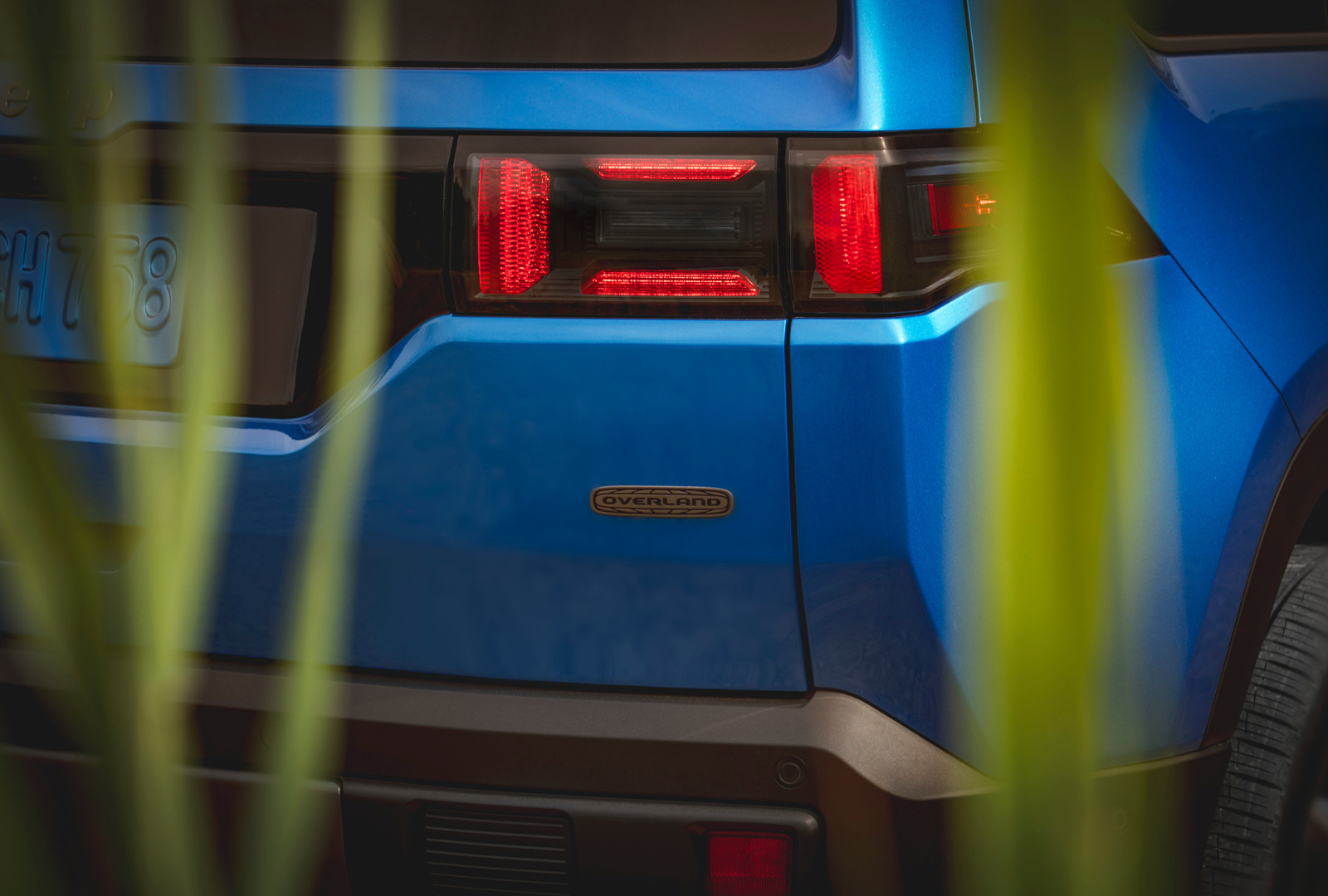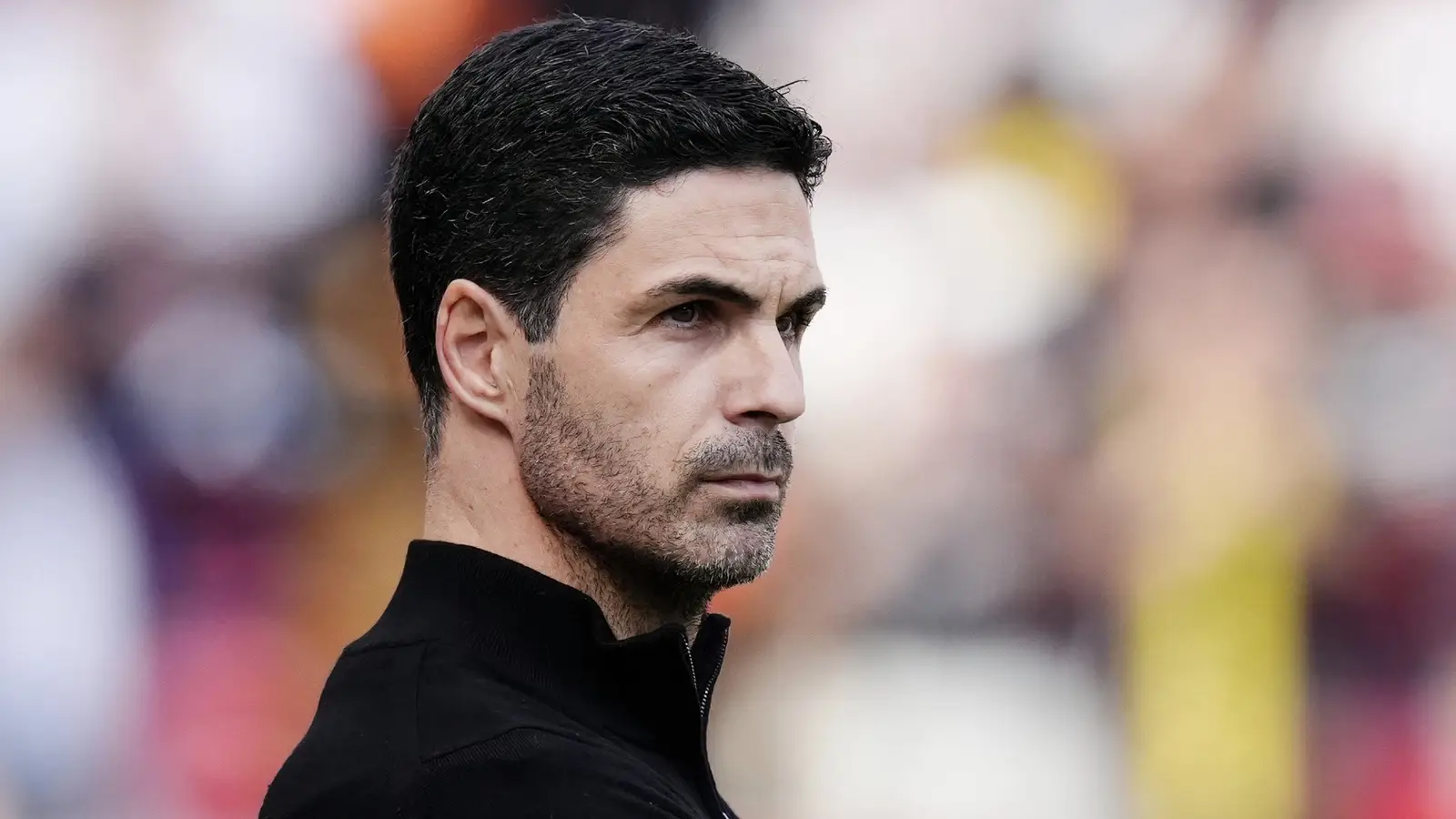
Under the Stellantis umbrella, the company’s Chief Design Officer Ralph Gilles oversees the design of 14 brands’ worth of vehicles, including heralded nameplates like Jeep, Citroën, Alfa Romeo, Peugeot and Lancia.
It’s not a task for the weary, especially in the age of digitization, powertrain prioritization shuffles and economic headwinds.
With the recent appointment of company CEO Anthony Filosa, the way of doing business within the company is changing, from top to bottom. The themes of changes, now happening at a marketing and sales levels, also are happening in design, Gilles told Newsweek.
“Number one is giving the team autonomy. It’s very important that the regional designers who live and breathe that society every day have a big, big say. My job is to make sure we’re learning from each other and we’re pooling our resources,” he said. “We really know the markets quite well, being residents in them, and we put that to good use.”
In the modern auto age, where connected technologies allow for rapid and frequent technology updates via over-the-air connectivity, digital changes are an easy way to keep a model feeling fresh. Gilles cautions about an over-reliance on the tech, though. “Don’t smother with digital. You don’t count on the digital to define the brand. I think the brand has to have a personality on its own,” he said.
The mission of his extended roster of designers is to ensure that every customer knows what to expect from an in-car experience by looking at the exterior. “Even someone who’s never seen a Peugeot before, never seen a Jeep before, should know what it is before you’ve even opened a door, read about it, whatever. That’s really important. That is very strong signature, and that’s how we start,” the CDO shared.
Gilles calls it “the 50-foot read of the car” and challenges the team to then “deliver on those brand truths” for the other elements.
Technology plays a key role in cabin design, with much of the emphasis of current efforts placed on the screens in front of the driver, across the dashboard. “The good news that technology has really come a long, beautiful way. We love playing with it. It’s also not just doing it for the sake of doing it,” Gilles explained.
That extends to the exterior where lighting signatures are playing major roles across the world, as LED configurations and enhanced electronics allow for new design horizons to be found.
“Some competitors go bananas with it. They maybe almost turn a thing into a Christmas tree. We’re not looking at that. We’re looking at a recognizable signature that’s functional, has a purpose of safety, but also you identify the car without any badges from a distance,” Gilles said.
Looking over at the rear of the new Jeep Cherokee, Gilles lights up. “I love the smile that it evokes. When you see the those ‘x’ taillights… People know exactly what we’re doing there and a Jeep [enthusiast] will go, ‘oh, look, that was clever’.”
“We have a whole lighting team in the design office, and it’s full of geeks for this stuff. They love the details. They bring us the most creative ideas. They reach out to the suppliers and find new tech,” Vince Galante, vice president of Jeep design chimed in.
“We have such a rich heritage to pull from that we they just have fun digging up these Easter eggs or these historical things [and translating them for inclusion on new product]. We want to bring that fun and that energy to the product,” he said.
Many companies are using the advent of the electrified vehicle age as an opportunity to redesign their iconic badging. On the extreme side, General Motors changed look and color, BMW introduced a flattened multicolor look and Honda changed fonts and tweaked its “H” logo. Mercedes-Benz, on the other hand, retained its classic emblem, signaling an embrace of heritage alongside new models.
For those 14 brands that Gilles overseas, the approach is mixed. “I think it’s case by case. It depends on the mission of that particular car, that particular moment in time,” he said. “Chrysler did the new wing badge, quietly. It’s actually going to come out on the mid-life cycle of a new product coming out soon… But some brands don’t need that. It might be a subtle change that you don’t notice… It’s very, very subtle things.”



